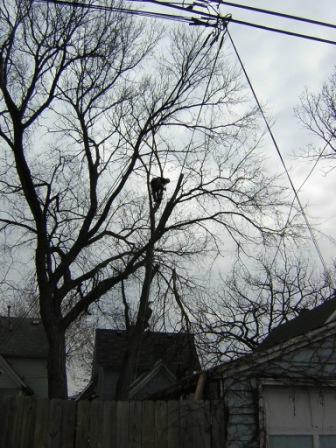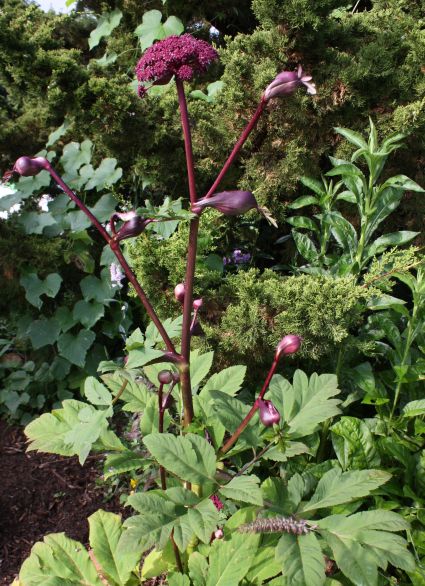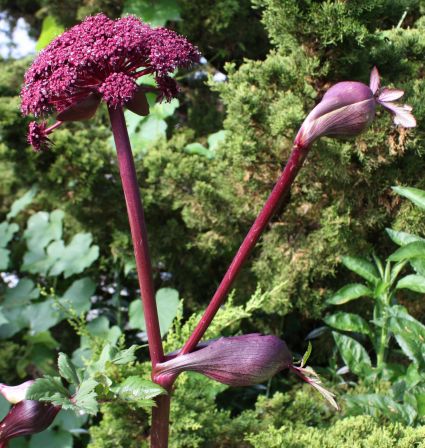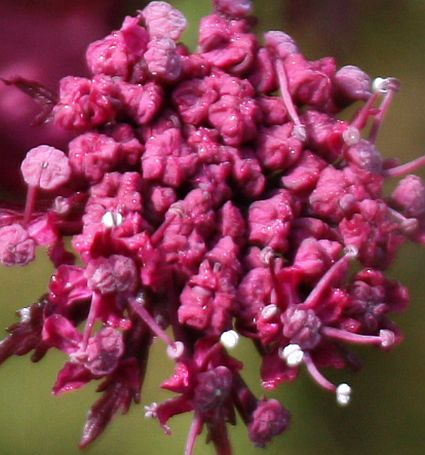I spent yesterday at the Washington APLD meeting in Seattle (that’s the Association of Professional Landscape Designers) – a new venue for me. In my relatively short time frame I focused on one example of an unsustainable practice (overamendment of soils with organic matter) and an unsubstantiated product (compost tea), both of which I knew were of interest to this group. I came away with a lot of new colleagues and a shared sense of excitement that landscape designers, like other horticulture professionals, also want the best science on which to base their recommendations.
Imagine my frustation, then, when I was sent the national APLD “Guide to Sustainable Soils.” Most of this document is very good – lots of information and graphics from the USDA and other reliable resources. But scroll down to page 5, under the section “Soil Additives.” And yes, there it is, compost tea. Acccording to the APLD member who sent me this (not a Washington state member, by the way), the advisory committees that write these guidelines include people who make money from selling compost tea. Surprised, no. Disappointed, yes.
And it’s not just in landscape design. Compost tea is ending up in specifications for landscape management contracts. Reputable companies have to decide whether to hold their noses and apply useless products to secure contracts, or to not compete for the contracts at all. In this economy, there aren’t many people who can afford to live on principle rather than a paycheck.
Compost tea is marketed, very effectively, through targeting emotional response. We’ve already got science on our side, so here’s my suggestion to those of you who fight the compost tea battle: start a little emotional targeting yourself:
- Refer to compost as “slow food” for the soil system, as opposed to the liquid “fast food” tea that needs frequent application.
- Suggest that Mother Nature’s been making tea herself for eons, letting rainwater perk through the compost. Are we smarter than nature?
- Point out that using compost is a natural, environmentally friendly approach to caring for the soil, rather than the big business, energy- and resource-consuming compost tea industrial complex that’s exploded in that last decade.
Over the top? Probably. But accurate? Absolutely.





